Good News! 9 Positive Environmental Stories from November 2021

Get news, updates, & event Info delivered right to your inbox:
9 Good Environmental News Stories from the Past Month That Will Make You Smile
As 2021 comes to a close, we're busier than ever connecting donors with reforestation projects, preparing for the holidays and planning for the new year ahead, but whenever we have the opportunity to pause and reflect on all that has been accomplished in 2021, we're filled with gratitude.
A lot has changed over the course of 2021, but one thing we know for sure is that whenever we go looking for things to be hopeful about, nature provides them in abundance. In fact, the hardest part isn't finding positive news stories, but choosing which ones to include in our list. So read on for 9 environmental news stories that are sure to make you smile!
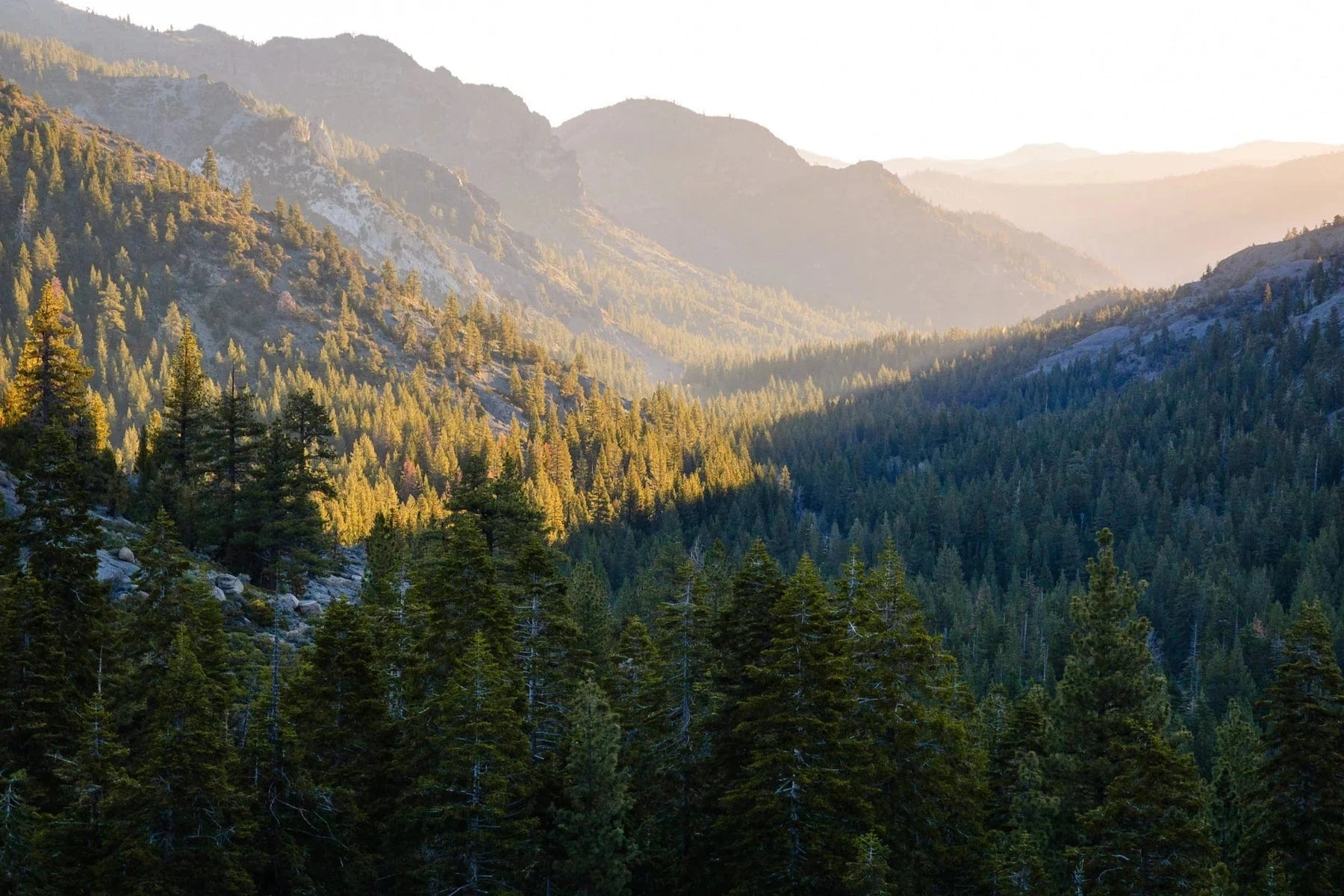
Biden’s $27 Billion Bet On Forests
While President Biden's Build Back Better plan has yet to pass in the senate, we can't help but be excited by the $27 billion dollars that have been allocated towards spending related to the management and conservation of federal, state, and tribal forests. If passed, it will represent the single largest investment in our national forests, ever. More than half of this money would necessarily go towards wildfire prevention and management, which are a growing threat due to climate change. Just this past summer, fires in the American West spewed 130 million tons of CO2 into the atmosphere.
But in addition to wildfire management, the bill allocates $2.5 billion for urban forestry projects that seek to provide more equal access to forests and parks, which is roughly 6X more than the government spends on those projects today. It also allocates $50 million for protecting old-growth trees and another $50 million for conserving and restoring habitats for threatened species in public forests — and another $50 million toward reducing human-wildlife conflict on these lands. Without a doubt, if this bill is passed, it will provide a much-needed lifeline for our nation's forests and biodiversity, particularly for those that are under threat from wildfires.

Young Forests Can Help Heal Tropical Aquatic Ecosystems: Study
A new study published in Scientific Reports by researchers from the Smithsonian Tropical Research Institute (STRI) focused on the specific impact of land uses like cattle pastures and secondary forests on bacterial communities in the water column of 4 streams in central Panama.
The findings reveal key insights into nature’s ability to recover from harsh environmental changes like land degradation and deforestation, often as a result of agricultural practices. Reforesting the land, the researchers say, can restore many aspects of water quality, allowing bacterial communities to thrive again — which directly benefits both human health and the environment.
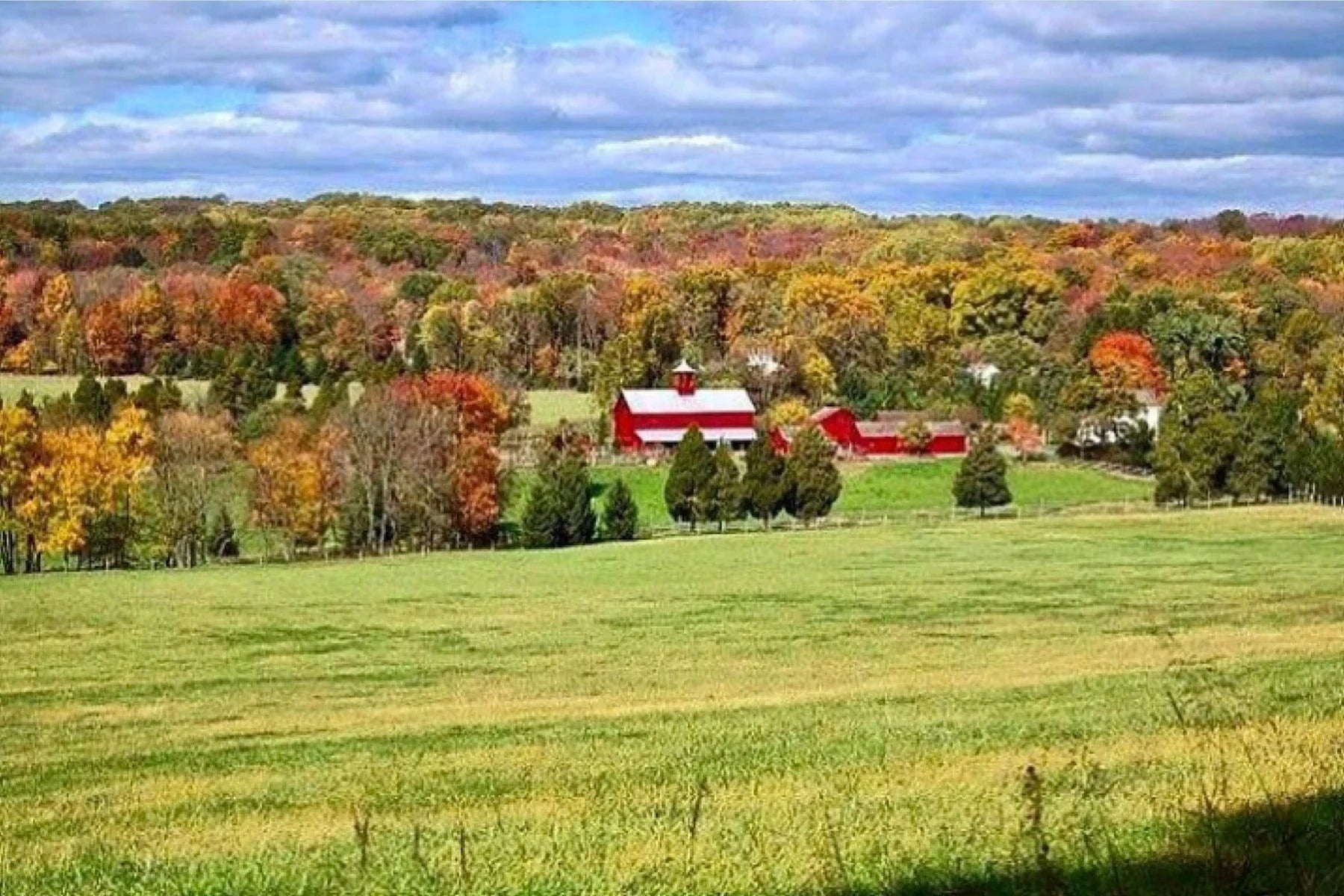
1,000 Trees Planted In The Sourlands By Five Young Ecologists
The Sourland forest in Central New Jersey is in trouble, and five young ecologists have answered the call. Together, they've planted more than 1,000 trees in Sourland Region public parks and preserves, and they're on track to plant over 2,000 more.
The 90-square-mile Sourland Mountain Region hosts 57 state listed, threatened, and endangered plant and animal species. The New Jersey Forest Service estimates that over one million trees are dying in the Sourland forest due to an invasive insect, the emerald ash borer.
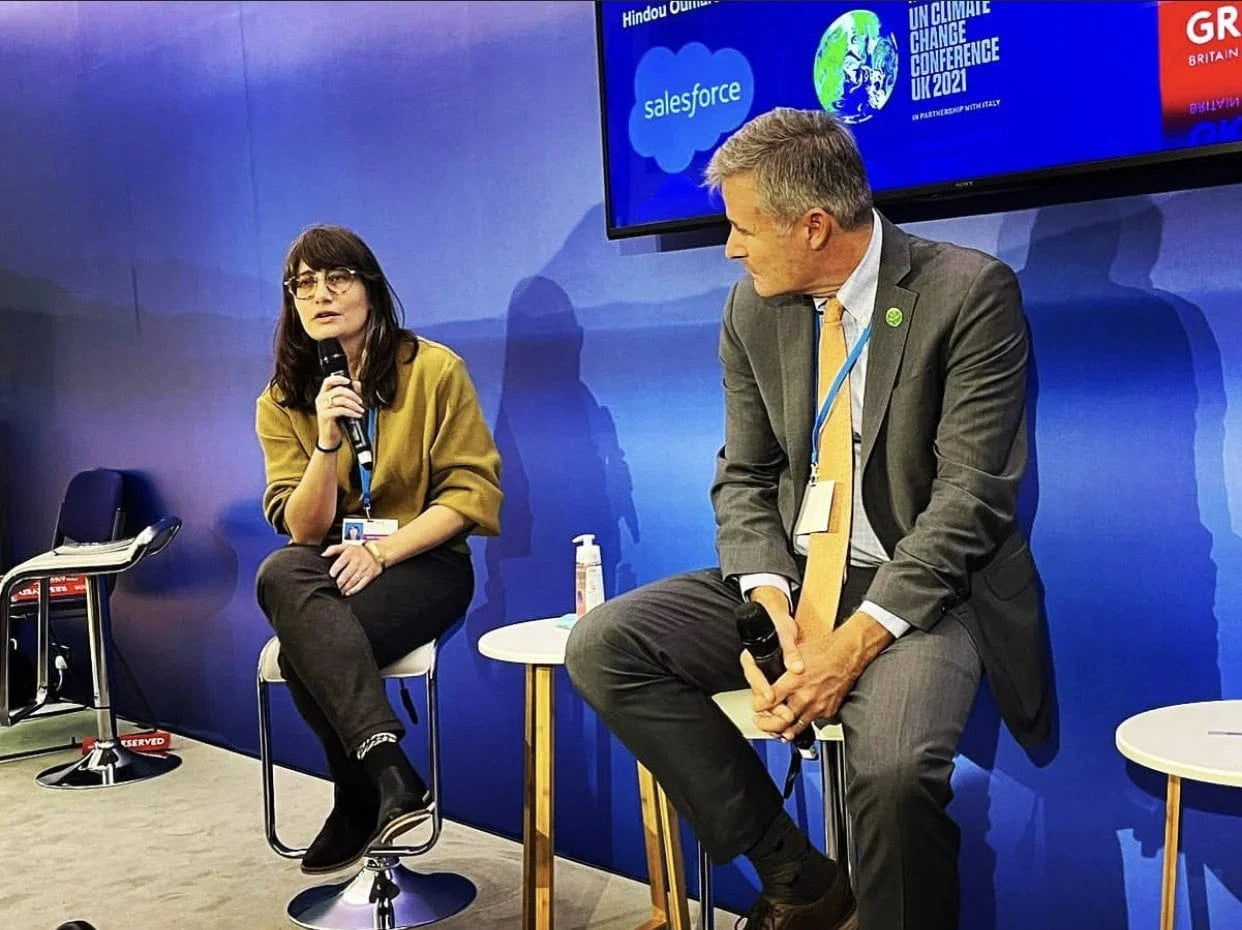
The COP26 Recap: 7 Positive Actions from the Summit
For the first time, some of the One Tree Planted team was able to attend the summit, including our CEO and Founder, our COO and several members of our projects team. One of our Forestry Experts and Brazil Project Manager, Alaine Ball, participated in a Salesforce panel which was focused on advancing tree equity, global urban reforestation, and the importance of ocean ecosystems like mangroves!
In addition to our time at COP26, we got a chance to meet up with some of our local partners in Scotland for a site visit — as well as plant trees ourselves with several other reforestation organizations from around the world.
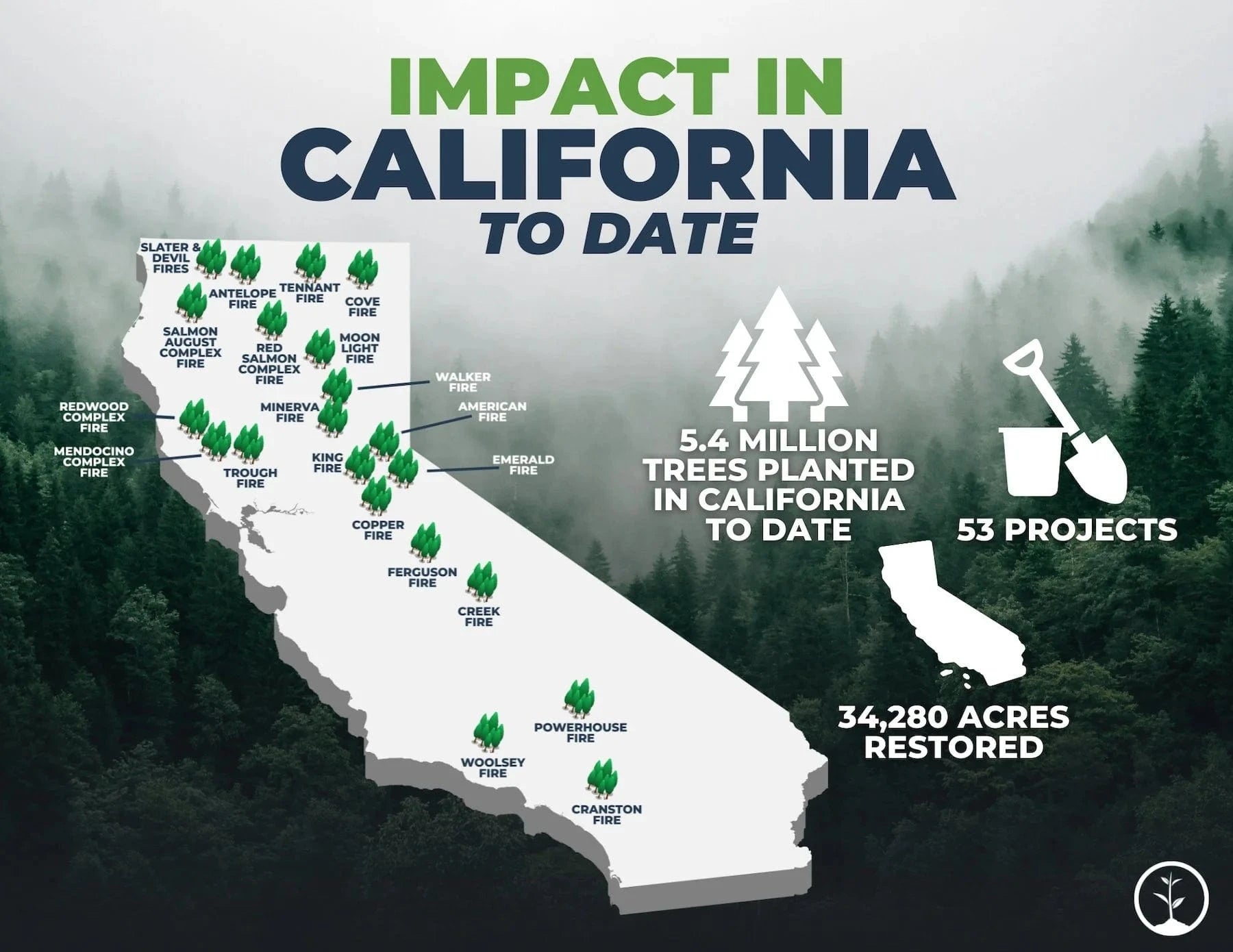
1.2 Million Trees Planted in California for Forest fire restoration in 2021
As wildfire severity has increased over the past several years, our post-wildfire restoration efforts have increased right along with it. Working with big partners like the United States Forest Service and CALFIRE and smaller ones like local Resource Conservation Districts and private landowners across the Golden State, we've planted over 5.4 million trees to date. We're dedicated to helping partners at any level and any location ranging from federal and state to public and private land, because everyone should be able to rebuild and restore after wildfires.
So far this year, we've planted 1,232,296 trees through 6 projects to restore burn scars from several forest fires across California. As these trees grow into maturity, they will help prevent invasive species from colonizing burn sites, develop richly layered habitat for native biodiversity, stabilize disturbed soils and control erosion, sequester carbon over time, protect critical watersheds, stabilize riparian zones, benefit local communities that have been affected by wildfires, and more.
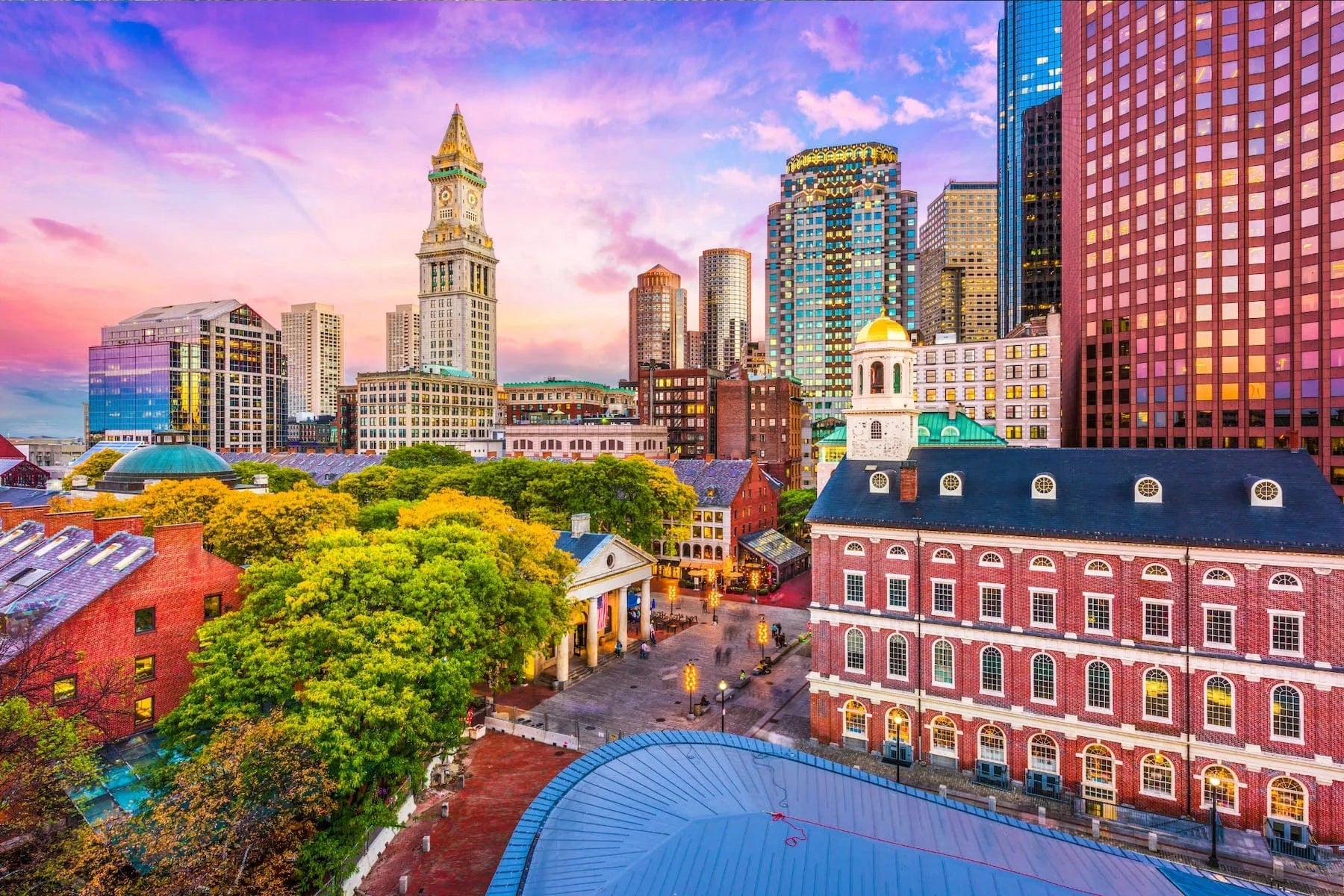
Boston Mayor Wu Divests City Funds From Fossil Fuels
In her first major policy action, Boston Mayor Michelle Wu signed an ordinance to divest public funds from fossil fuels. The measure prohibits public investment in any financial instrument deriving more than 15% of its revenue from fossil fuels, as well as from tobacco products or jail or prison facilities.

Frog Back From the Dead Helps Fight Plans for Mine in Ecuador
The longnose harlequin frog is listed by the International Union for Conservation of Nature (IUCN) as extinct, which may come as a surprise to those that are alive and well in the cloud forests of Ecuador’s tropical Andes.
Known for its pointed snout, this frog is about to play a central role in a legal battle to stop a mining project in the Intag valley in Imbabura province, which campaigners say would be a disaster for the highly biodiverse cloud forests.

Instagram Photo Leads to Discovery of New Snake Species
Virendar Bhardwaj, a graduate student at Guru Nanak Dev University in Amritsar, India, spent the COVID-19 lockdowns much like anyone else — on Instagram. He explored his backyard, 'gramming the bugs, frogs, and reptiles that he found along the way. But on June 5, 2020, he uploaded a photo that caught the eye of scientists.
His casual posting led to the discovery of a new species, which has been named Oligodon churahensis after Churah Valley, where it was found. Notably, in the acknowledgements section of the research, the team said, "The discovery of the species would not have been possible without Instagram"

Monarch Butterflies May Be Thriving After Years of Decline. Is it a comeback?
On a recent November morning, more than 20,000 western monarch butterflies clustered in a grove of eucalyptus. Each year up to 30% of the butterfly’s population meets in Pismo Beach, California, as they migrate thousands of miles west for the winter.
Just a year ago, this vibrant spectacle had all but disappeared: last year less than 200 arrived at this site – the lowest number ever recorded – and less than 2,000 were counted across the California coast. But early tallies show monarchs may be thriving once again across California.
So there you have it: we're winding down the year with lots of hope, positive change, and new wildlife discoveries! And we don't know about you, but we've got one month left in 2021 and we plan to make it count.
Hungry for more positivity? We've got plenty more good news stories from the past year. And if you're feeling really optimistic about 2021, consider planting trees today!
Get news, updates, & event Info delivered right to your inbox:
Related Posts
9 Sustainable New Years Resolutions
18/12/2025 by Meaghan Weeden
Inspirational Quotes About Trees
16/12/2025 by Meaghan Weeden
The 9 Oldest, Tallest, and Biggest Trees in the World
11/12/2025 by One Tree Planted
Popular On One Tree Planted
Inspirational Quotes About Trees
16/12/2025 by Meaghan Weeden
The 9 Oldest, Tallest, and Biggest Trees in the World
11/12/2025 by One Tree Planted
What Causes Deforestation?
10/07/2025 by Meaghan Weeden
Fundraising Disclosures

Be Part of the
Restoration Movement
The Grove is more than just a monthly giving program: it's a vibrant community of individuals who are dedicated to reforestation and environmental restoration on a global scale.
As a member of The Grove, you affirm your commitment to restoring forests, nurturing biodiversity, and fostering positive global change.



